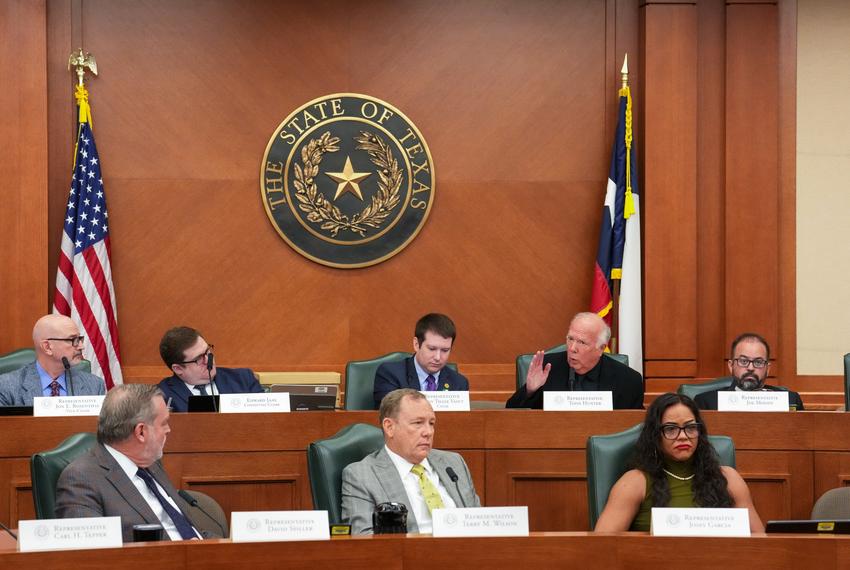Texas House Panel Moves Forward with Controversial Redistricting Plan
On Saturday, a redistricting committee in the Texas House took a significant step forward by approving a draft congressional map that could add five new Republican districts for the upcoming election year. The decision, which passed with a partisan vote of 12 to 6, was met with strong opposition from Democratic lawmakers who argue that the proposal would disenfranchise voters of color.
GOP Motivations and Redistricting Dynamics
The House redistricting committee’s vote follows a lengthy session on the previous day, where U.S. House Democrats and community members expressed their concerns about the proposed map. Republicans, however, justified their efforts by stating that the redistricting was necessary to bolster their electoral chances in Texas. Representative Todd Hunter, the bill’s sponsor, openly acknowledged that the objective was to create districts that lean advantageous for Republican candidates.
“Unlike others, I’m being straightforward. Our goal is clear: we need five new districts based on political performance,” Hunter stated during the hearing.
This redistricting initiative arises in the wake of requests from political operatives loyal to former President Donald Trump, who asserted that alterations were necessary for Republicans to uphold their fragile majority in the House as the midterm elections approach.
Changes in District Lines
The proposed map, released by the House redistricting committee earlier this week, reconfigures congressional districts primarily in the Houston, Austin, and Dallas areas. The changes are expected to create five additional districts that overwhelmingly supported Trump, who secured 56.2% of the vote in Texas during the 2024 election. Currently, Republicans hold approximately two-thirds of Texas’ 38 House seats, and the new map aims to increase that representation to about 79%.
“While political performance can bolster a candidate’s chances, ultimately it depends on the candidates themselves,” stated Hunter, emphasizing the goal was to provide more opportunities for Republican contenders.
Concerns Over Racial Representation
As the redistricting process unfolded, Governor Greg Abbott emphasized the importance of addressing potential racial gerrymandering, referencing a letter from the U.S. Justice Department. However, many Texas Republicans maintained that their focus was squarely on maximizing Republican district control rather than correcting any perceived racial inequalities in current maps.
During the hearing, Democratic representatives raised alarms about how the new lines would effectively diminish the electoral influence of voters of color. U.S. Representative Jasmine Crockett highlighted the risks associated with concentrating minority voters to the detriment of their representation, asserting that it led to a systemic inequity in political power.
Texas’ diverse demographics show that people of color have been a significant driver of the state’s population growth. Despite this, the proposed map features 24 districts where the majority is White—revealing a troubling shift from the existing representation.
Table: Texas Congressional Districts Overview
| District Type | Current Majority | Projected Majority |
|---|---|---|
| Majority White | 22 | 24 |
| Majority Hispanic | 4 | 5 |
| Majority Black | 3 | 5 |
Future Implications and Legislative Responses
The approval of the map may lead to prolonged legal battles, similar to the ongoing lawsuits surrounding the 2021 congressional maps. State Democrats, feeling marginalized within the legislature, are lacking effective options to counter the proposed changes, with some considering extreme measures such as leaving the state to deny the necessary quorum for legislation to pass.
With the full chamber vote imminent, concerns about the fairness of the redistricting efforts loom large, as Democratic lawmakers express discontent regarding what they view as a politically driven map imposed on Texas by outside influences.

